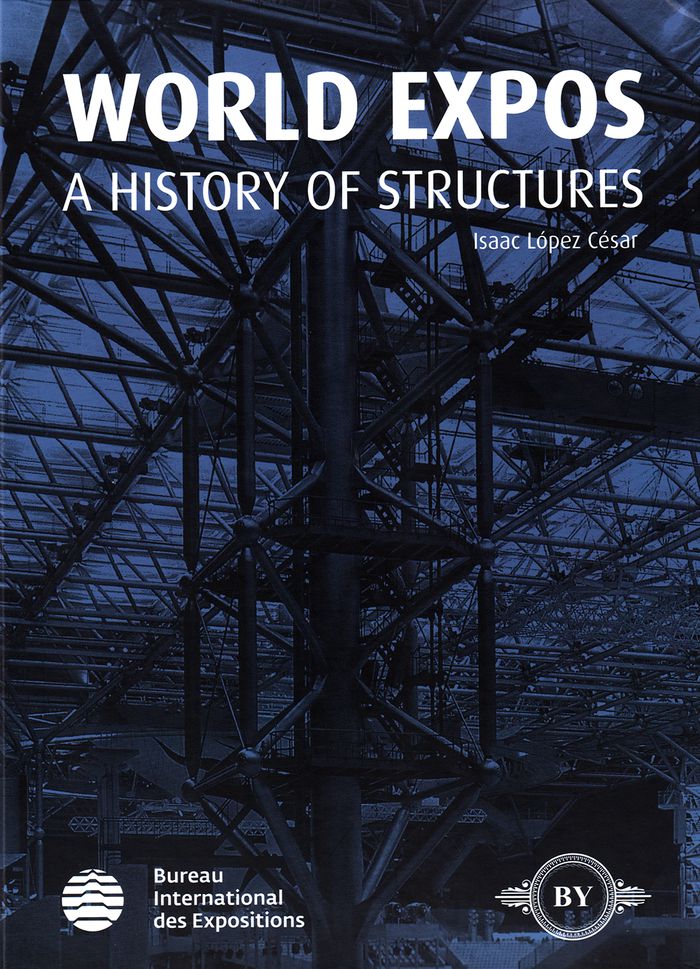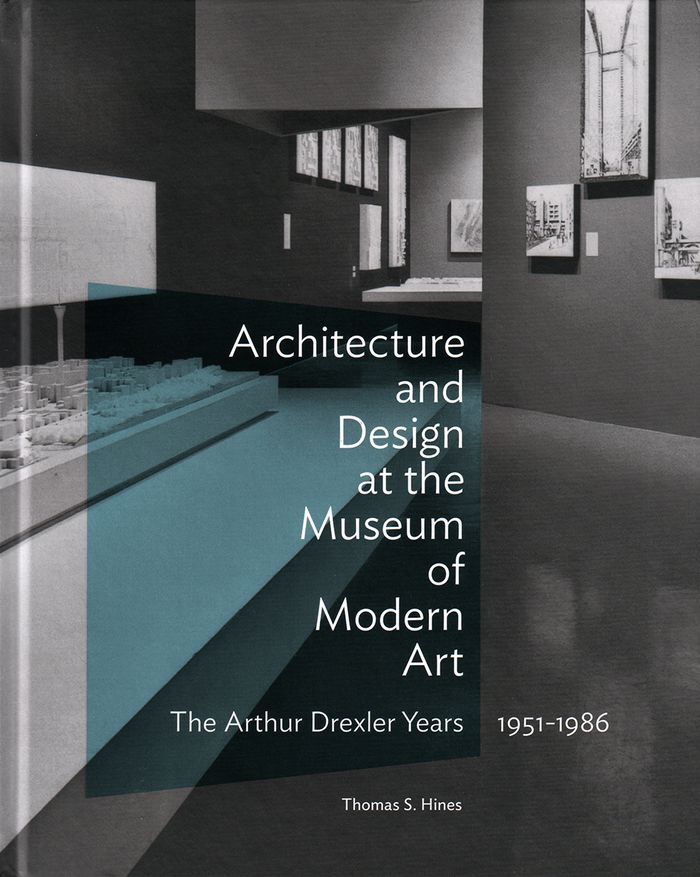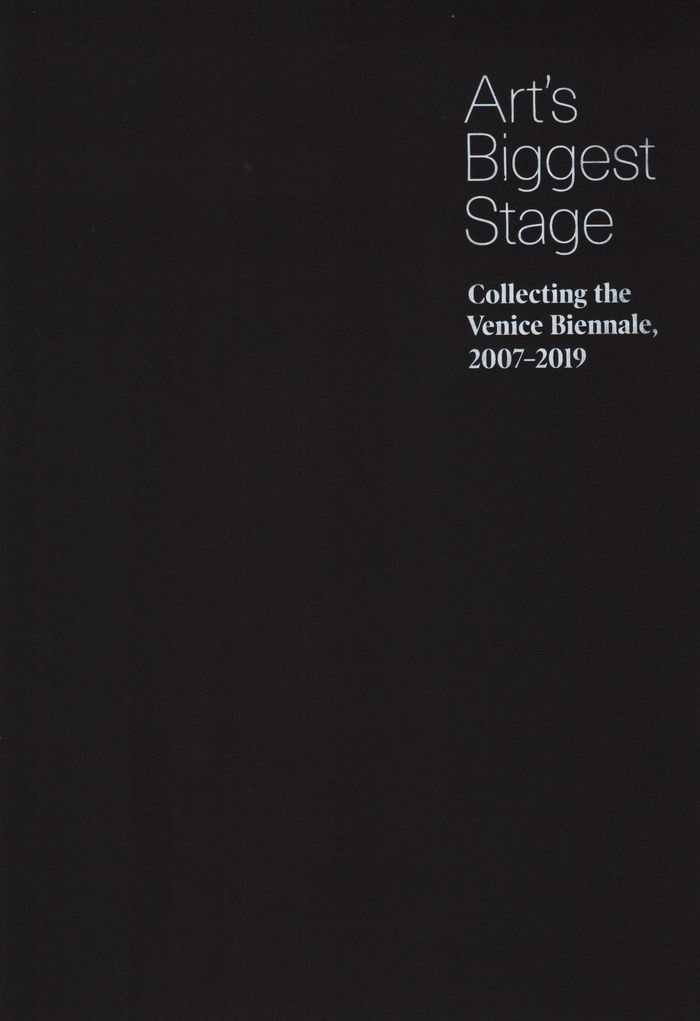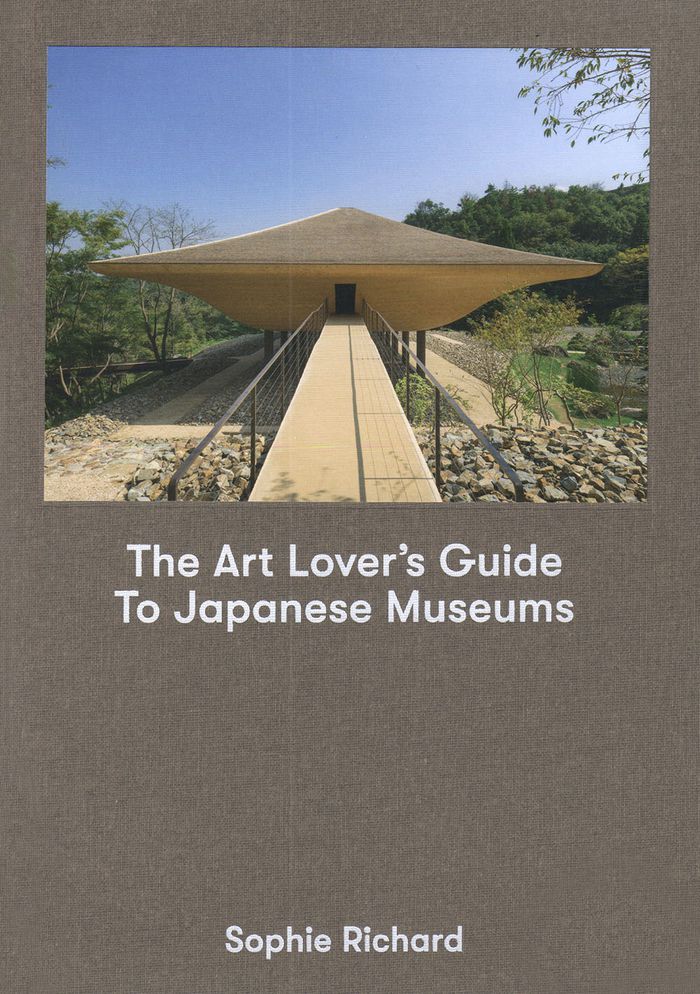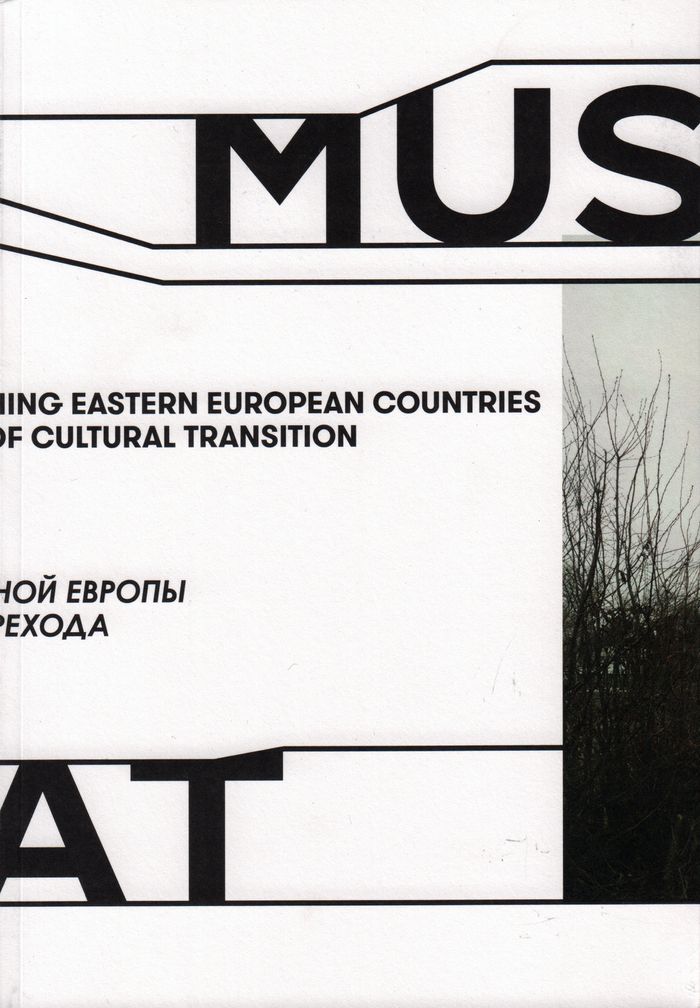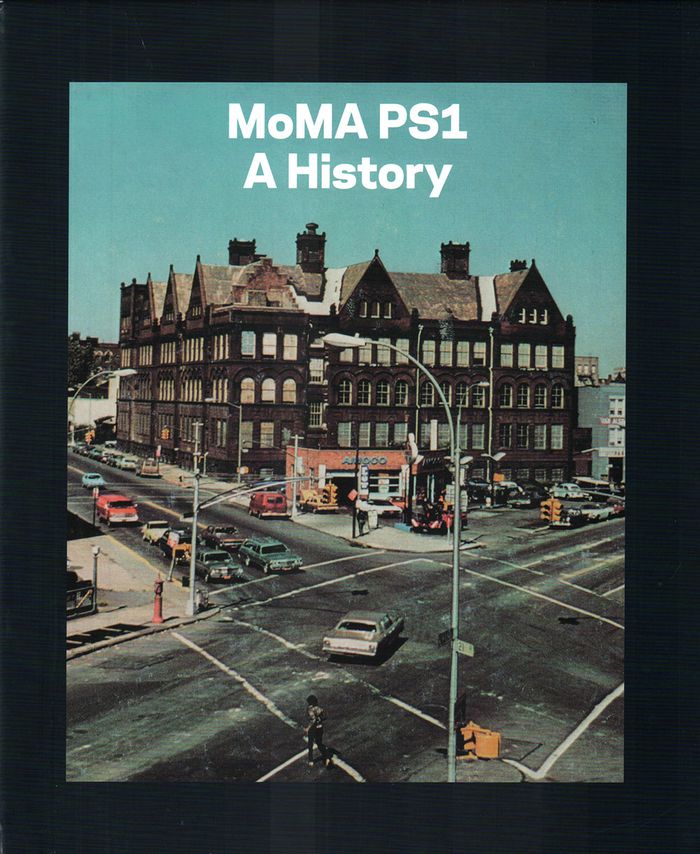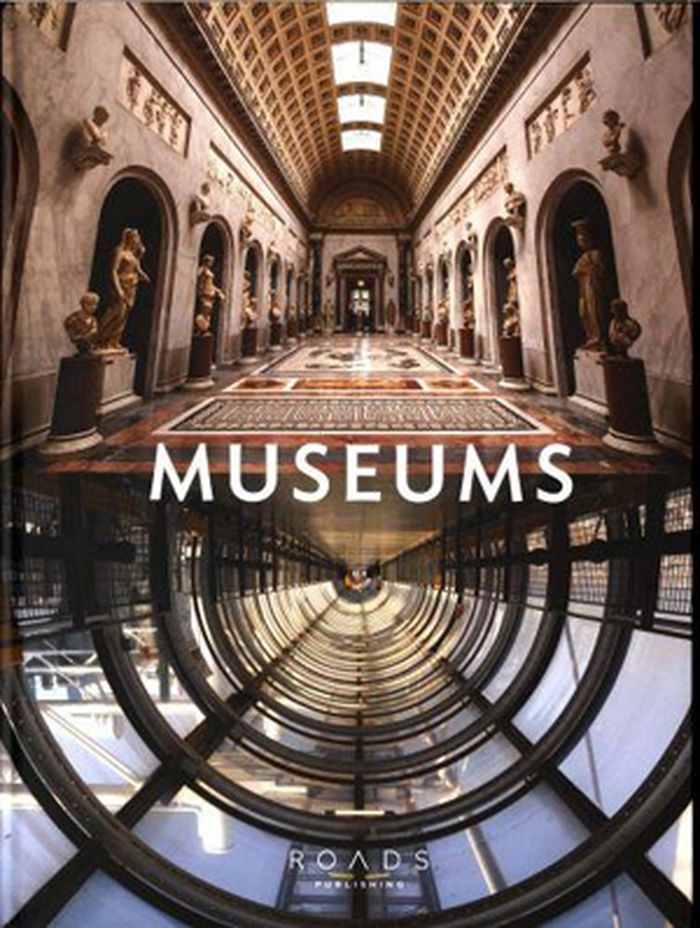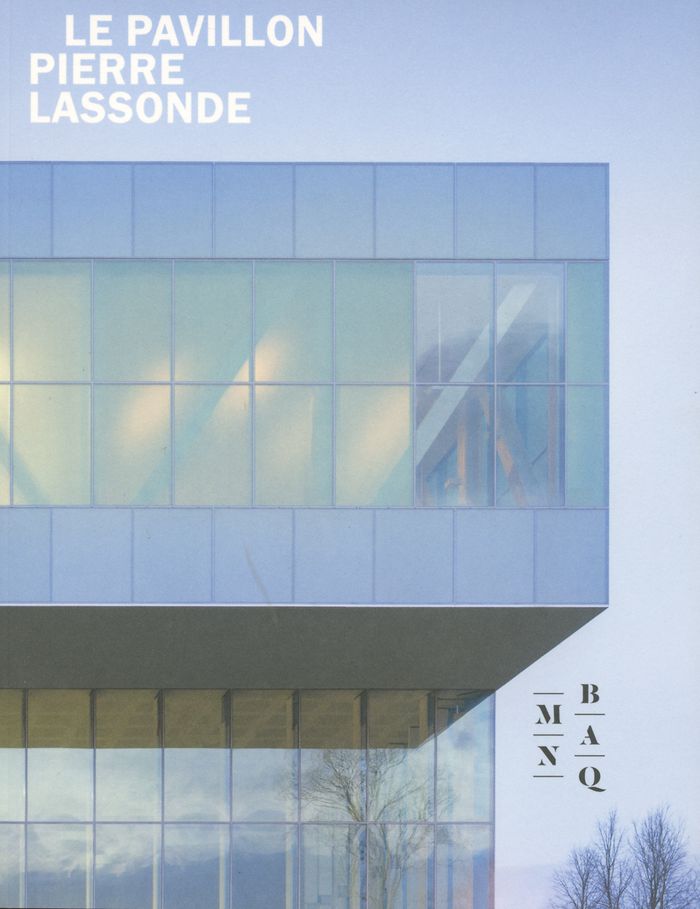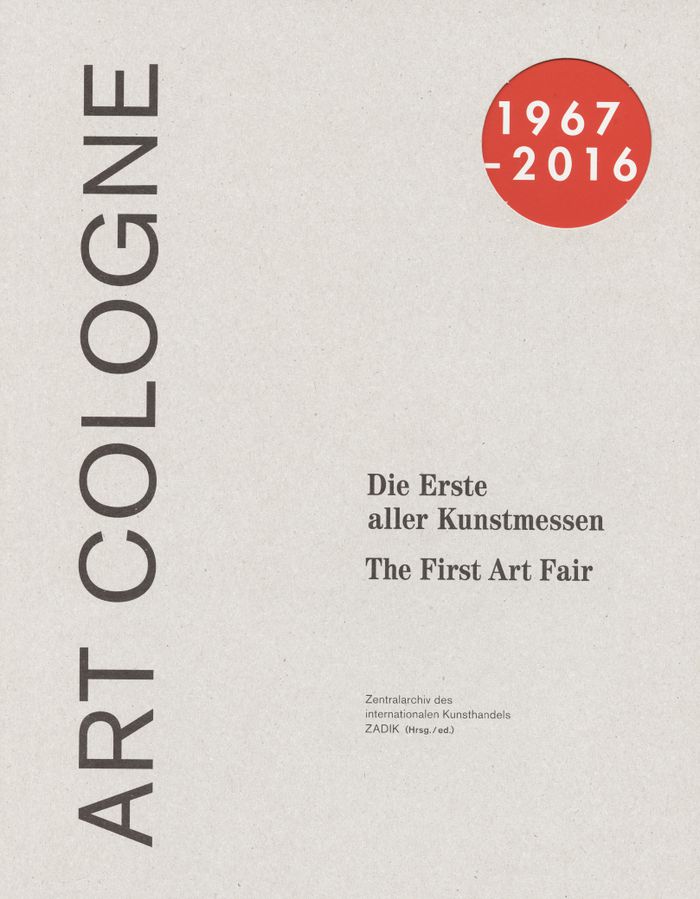Center Pompidou
$109.00
(available to order)
Summary:
L'histoire du projet est reconstruite chronologiquement, de la première inspection du site à l'ouverture officielle du bâtiment, à travers des croquis, dessins, modèles, notes et bilans de construction. This book is a real journey through the conception of the Centre Pompidou, with the presentation of the unpublished archives from the Renzo PIano Building Workshop.
Museums and Universal Exhibitions
December 2017
Center Pompidou
Actions:
Price:
$109.00
(available to order)
Summary:
L'histoire du projet est reconstruite chronologiquement, de la première inspection du site à l'ouverture officielle du bâtiment, à travers des croquis, dessins, modèles, notes et bilans de construction. This book is a real journey through the conception of the Centre Pompidou, with the presentation of the unpublished archives from the Renzo PIano Building Workshop.
Museums and Universal Exhibitions
$66.99
(available to order)
Summary:
This book is a journey along the history of architectural structures over the last 150 years, taking the World Expos as an original unifying thread. Nevertheless, it does not solely focus on the exhibition buildings; on the contrary, these are continuously being related to buildings beyond the scope of the Expos, thus ultimately providing a general vision of the history(...)
World expos: a history of structrures
Actions:
Price:
$66.99
(available to order)
Summary:
This book is a journey along the history of architectural structures over the last 150 years, taking the World Expos as an original unifying thread. Nevertheless, it does not solely focus on the exhibition buildings; on the contrary, these are continuously being related to buildings beyond the scope of the Expos, thus ultimately providing a general vision of the history of modern structures. This essay is destined to become an essential work of reference within the history of architectural structures.
Museums and Universal Exhibitions
$74.95
(available to order)
Summary:
Arthur Drexler (1921-1987) served as the curator and director of the Architecture and Design Department at the Museum of Modern Art (MOMA) from 1951 until 1986— the longest curatorship in the museum's history. Over four decades he conceived and oversaw trailblazing exhibitions that not only reflected but also anticipated major stylistic developments. Although several(...)
Architecture and design at the Museum of Modern Art: Arthur Drexler years 1951-1986
Actions:
Price:
$74.95
(available to order)
Summary:
Arthur Drexler (1921-1987) served as the curator and director of the Architecture and Design Department at the Museum of Modern Art (MOMA) from 1951 until 1986— the longest curatorship in the museum's history. Over four decades he conceived and oversaw trailblazing exhibitions that not only reflected but also anticipated major stylistic developments. Although several books cover the roles of MoMA's founding director, Alfred Barr, and the department's first curator, Philip Johnson, this is the only in-depth study of Drexler, who gave the department its overall shape and direction. Drawing on rigorous archival research as well as author Thomas S. Hines's firsthand experience working with Drexler, ''Architecture and Design at the Museum of Modern Art'' analyzes how MoMA became a touchstone for the practice and study of midcentury architecture.
Museums and Universal Exhibitions
$42.00
(available to order)
Summary:
Since 2007, the library of the Clark Art Institute in Williamstown, Massachusetts, has built an unparalleled archival collection related to the Venice Biennale. In 'Art’s Biggest Stage: Collecting the Venice Biennale, 2007–2019', readers can experience these art extravaganzas through related ephemera from the Clark’s holdings: artist editions, books, posters, publicity(...)
Art's biggest stage: collecting the Venice Biennale, 2007-2019
Actions:
Price:
$42.00
(available to order)
Summary:
Since 2007, the library of the Clark Art Institute in Williamstown, Massachusetts, has built an unparalleled archival collection related to the Venice Biennale. In 'Art’s Biggest Stage: Collecting the Venice Biennale, 2007–2019', readers can experience these art extravaganzas through related ephemera from the Clark’s holdings: artist editions, books, posters, publicity materials, and miscellany.
Museums and Universal Exhibitions
$46.00
(available to order)
Summary:
Organized geographically, the book begins with numerous art institutions in and around Tokyo, and proceeds to Kyoto; museums in the western and eastern parts of the nation; Shikoku and the Inland Sea; Kyushu; and Hokkaido and Okinawa. Among the buildings and collections featured are the Nezu Museum, the Tokyo Metropolitan Teien Museum, Nagi MOCA, the Hiroshige Museum, the(...)
The art lover's guide to Japanese museums
Actions:
Price:
$46.00
(available to order)
Summary:
Organized geographically, the book begins with numerous art institutions in and around Tokyo, and proceeds to Kyoto; museums in the western and eastern parts of the nation; Shikoku and the Inland Sea; Kyushu; and Hokkaido and Okinawa. Among the buildings and collections featured are the Nezu Museum, the Tokyo Metropolitan Teien Museum, Nagi MOCA, the Hiroshige Museum, the George Nakashima Memorial Museum, and the Hokkaido Historical Village.
Museums and Universal Exhibitions
Musée immédiat : photographier les pays de l'Est de l'Europe en période de transition culturelle
$50.95
(available in store)
Summary:
Ce livre aborde le phénomène de mise en musée immédiate de situations culturelles critiques/en transition (bouleversement constant des frontières, manipulation du passé culturel et historique, vagues artistiques autour de guerres et de conflits destructeurs) dans les pays de l’Est de l’Europe tels l’Ukraine, la Biélorussie et la Lettonie.
Musée immédiat : photographier les pays de l'Est de l'Europe en période de transition culturelle
Actions:
Price:
$50.95
(available in store)
Summary:
Ce livre aborde le phénomène de mise en musée immédiate de situations culturelles critiques/en transition (bouleversement constant des frontières, manipulation du passé culturel et historique, vagues artistiques autour de guerres et de conflits destructeurs) dans les pays de l’Est de l’Europe tels l’Ukraine, la Biélorussie et la Lettonie.
Museums and Universal Exhibitions
MoMA PS1 : a history
$90.00
(available to order)
Summary:
Since its inception in the early 1970s, MoMA PS1 in Long Island City, Queens, has been a crucible for radical experimentation. Committed to New York City as well as to maintaining an international scope, PS1 has always put the artist at the center, engaging practitioners at work in every discipline from performance, music, dance, poetry and new media to painting,(...)
Museums and Universal Exhibitions
October 2019
MoMA PS1 : a history
Actions:
Price:
$90.00
(available to order)
Summary:
Since its inception in the early 1970s, MoMA PS1 in Long Island City, Queens, has been a crucible for radical experimentation. Committed to New York City as well as to maintaining an international scope, PS1 has always put the artist at the center, engaging practitioners at work in every discipline from performance, music, dance, poetry and new media to painting, sculpture, photography and architecture. This publication captures the vibrancy of a long and venerable tradition that began with the legendary series of performances and events organized by founder Alanna Heiss under the Brooklyn Bridge in 1971.
Museums and Universal Exhibitions
$78.00
(available in store)
Summary:
Featuring major museums from around the world, including The Metropolitan Museum of Art, The Museum of Modern Art, the Guggenheim, the de Young Museum in San Francisco, Milwaukee Art Museum, The New Museum in New York, The Royal Ontario Museum, and the Art Gallery of Ontario. This book illustrates the national and architectural differences between each nation and how(...)
Museums: The Reflections Series
Actions:
Price:
$78.00
(available in store)
Summary:
Featuring major museums from around the world, including The Metropolitan Museum of Art, The Museum of Modern Art, the Guggenheim, the de Young Museum in San Francisco, Milwaukee Art Museum, The New Museum in New York, The Royal Ontario Museum, and the Art Gallery of Ontario. This book illustrates the national and architectural differences between each nation and how they choose to cherish their heritage The Reflections series by ROADS is a visual exploration of the spaces and buildings that mirror the cultures in which they play such a crucial part.
Museums and Universal Exhibitions
Le pavillon Pierre Lassonde
$9.95
(available to order)
Summary:
Cet album présente le nouveau pavillon Pierre Lassonde du Musée national des beaux-arts du Québec. De conception ingénieuse, le bâtiment réalisé par la réputée firme OMA (Office for Metropolitan Architecture) et Provencher_Roy Architectes propose une expérience architecturale intégrant l'environnement naturel et bâti pour créer une véritable ouvre en soi.
July 2016
Le pavillon Pierre Lassonde
Actions:
Price:
$9.95
(available to order)
Summary:
Cet album présente le nouveau pavillon Pierre Lassonde du Musée national des beaux-arts du Québec. De conception ingénieuse, le bâtiment réalisé par la réputée firme OMA (Office for Metropolitan Architecture) et Provencher_Roy Architectes propose une expérience architecturale intégrant l'environnement naturel et bâti pour créer une véritable ouvre en soi.
$65.00
(available in store)
Summary:
Now into its 50th edition, after its historical beginnings as Kunstmarkt Köln ’67, Art Cologne is still one of the most important art fairs in the world. And it still has its roots in Kunstmarkt Köln ’67, as a fair for classic modernism, postwar and contemporary art. Originated by the Cologne gallery owners Hein Stünke and Rudolf Zwirner, Kunstmarkt Köln ’67 opened on(...)
Museums and Universal Exhibitions
August 2016
Art Cologne 1967-2016: the first art fair
Actions:
Price:
$65.00
(available in store)
Summary:
Now into its 50th edition, after its historical beginnings as Kunstmarkt Köln ’67, Art Cologne is still one of the most important art fairs in the world. And it still has its roots in Kunstmarkt Köln ’67, as a fair for classic modernism, postwar and contemporary art. Originated by the Cologne gallery owners Hein Stünke and Rudolf Zwirner, Kunstmarkt Köln ’67 opened on September 12, 1967, in Gürzenich, the City of Cologne’s gothic banqueting hall, and was to change the international art market forever. How revolutionary this first fair was can only be understood today by means of the immediate reactions at the time, which were recorded in a flood of media reports. With a wealth of documents and illustrations, this weighty volume traces the history of the fair in chronological order.
Museums and Universal Exhibitions

